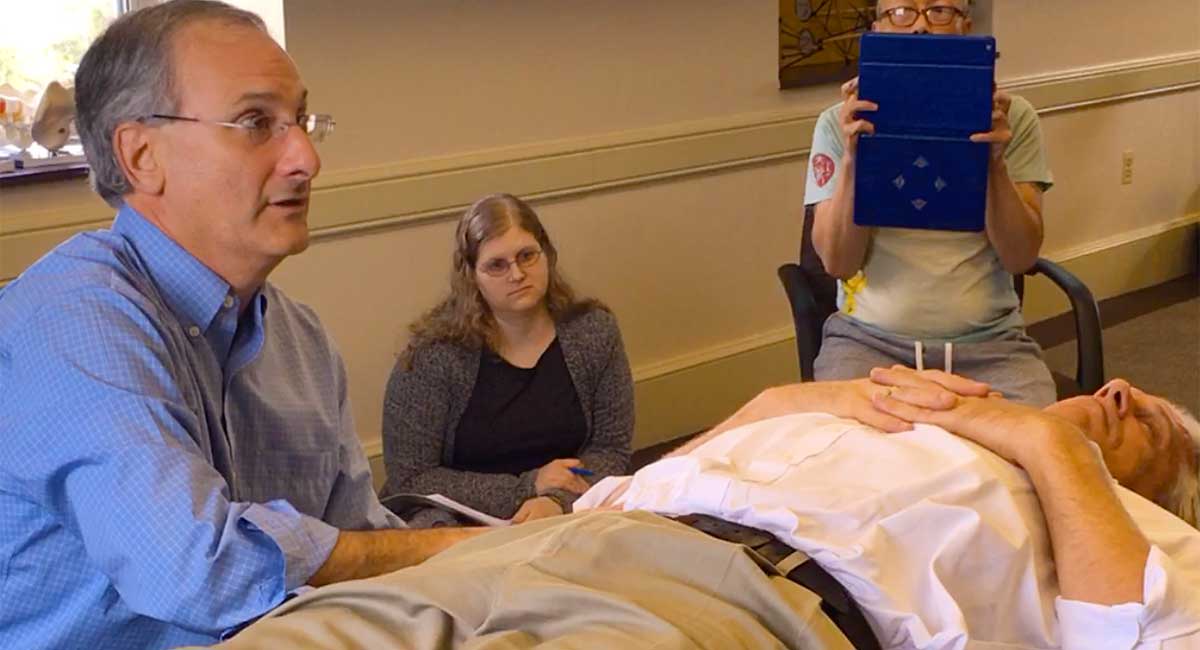Dysfunctions of the pelvis and lumbar spine are one of the most commonly seen areas of problem in manual therapy. In spite of this, it remains one of the areas that is the least effectively treated. It is common to hear patient’s complain that the recently treated lumbopelvic dysfunctions have returned. The reason why these dysfunctions return are usually because only a specific part of the pelvis has been treated and not the entire pelvic ring.
During our recent session – A Manual Therapy Approach to Evaluation and Treatment of Pelvis and Lumbar Spine – we discussed how to thoroughly examine and effectively treat all of the commonly seen problems seen in the pelvis and lumbar spine. In particular, we discussed how treating the dysfunctions in a certain order minimizes their chance of returning.
This class, held at the Kennedy Krieger Institute, Greenspring Campus, on July 27-28, 2019 reviewed the anatomy, biomechanics, and neurophysiology of the pelvis and lumbar spine. In addition, we illustrated how lumbopelvic dysfunctions may cause or may be adapting to dysfunctions that are present in the lower extremities, hips, thoracic cage, abdominal and pelvic viscera, respiratory and pelvic diaphragms, cervical spine and cranium. Various treatment modalities were presented, including techniques to correct joint, myofascial, visceral, diaphragmatic, and craniosacral restrictions.
Looking forward to our next session where we’ll address Manual Therapy to Re-establish Proper Fluid Dynamics To Improve Aberrant Physiology, Chronic Mechanical Dysfunction, and Health.


